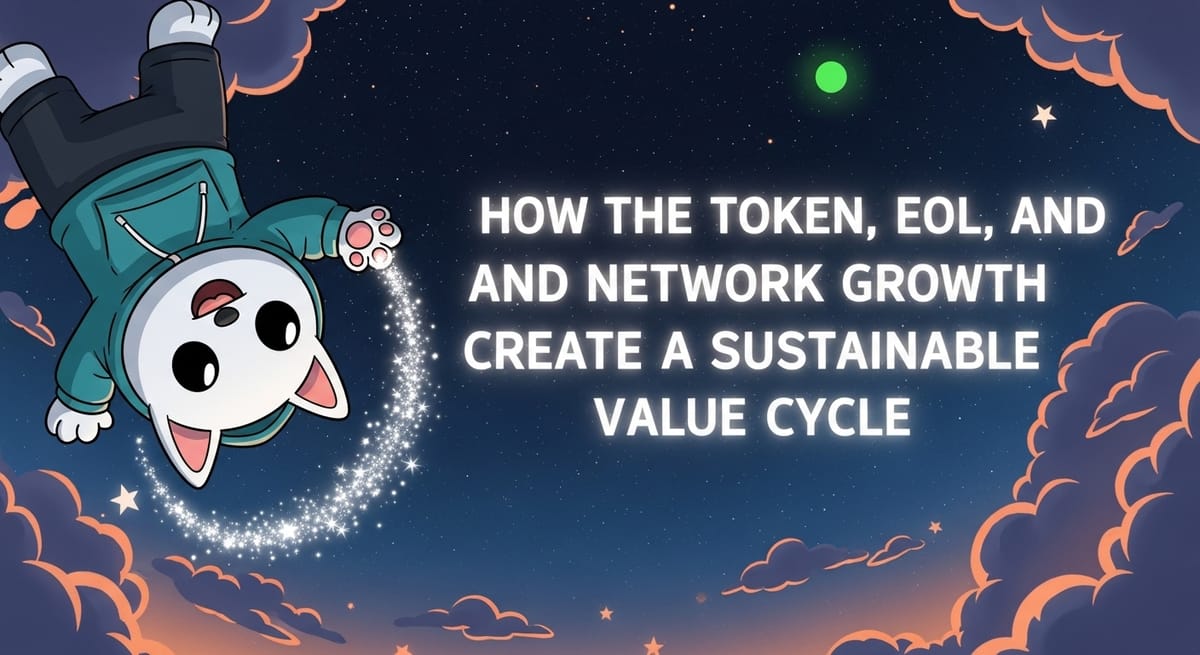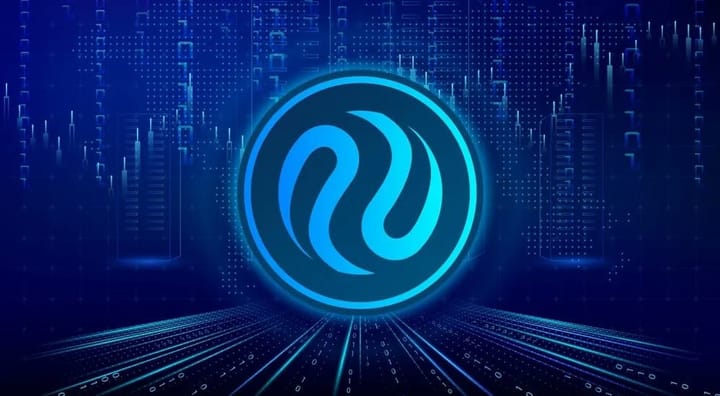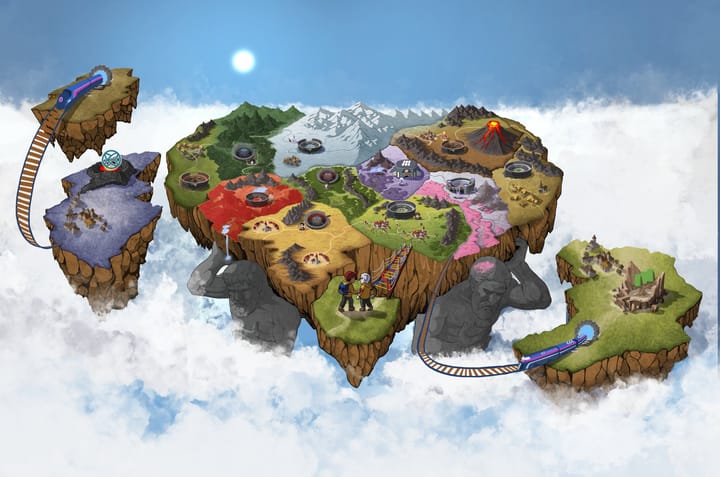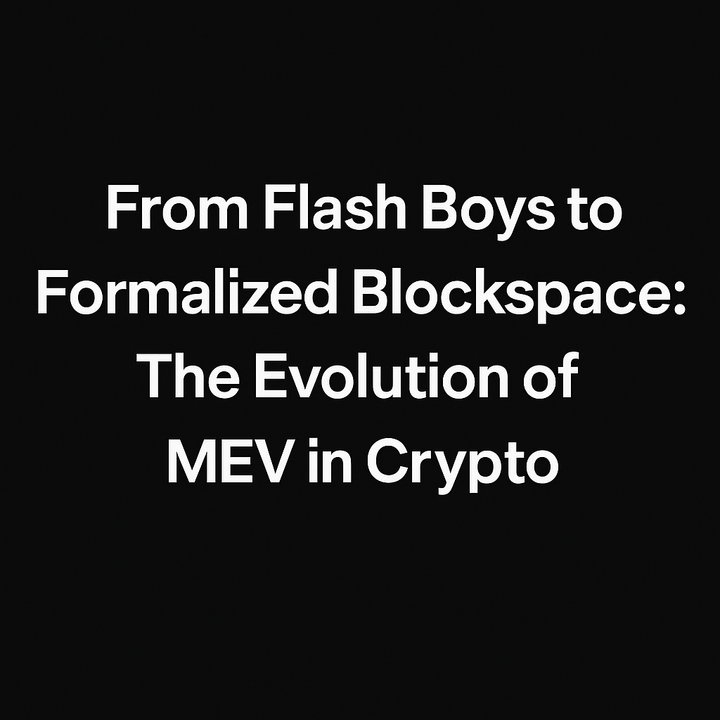The Mitosis Economic Flywheel: How the Token, EOL, and Network Growth Create a Sustainable Value Cycle

1. Introduction: The Search for Sustainable Growth in DeFi
In the world of decentralized finance (DeFi), we often see projects whose growth is based on short-term incentives. Generous "yield farming" programs attract huge liquidity and users, but as soon as the rewards dry up, the capital and activity depart, leaving behind a "barren wasteland." This is an unsustainable model that does not create long-term value.
Truly successful and sustainable protocols are built differently. They create a self-reinforcing cycle, or a "flywheel", where each element of the system not only performs its function but also strengthens all the others. In such a model, success breeds more success, creating organic and long-term growth.
Mitosis, with its unique architecture, aims to build precisely such an economic flywheel. Its key components – protocol activity, the Ecosystem-Owned Liquidity (EOL) model, and (in the future) a native token – are designed to work in synergy, creating a powerful cycle of value capture and redistribution.
What is an "Economic Flywheel"?
The flywheel concept, popularized in business by Jim Collins, describes a process where a company makes consistent, focused efforts in a single direction. Each action builds on the previous one, creating momentum that, over time, spins the "flywheel" faster and faster, making growth almost automatic.
In the context of a DeFi protocol, an economic flywheel is a well-designed system where:
- Growth in protocol usage (e.g., an increase in cross-chain transfer volume) generates revenue.
- This revenue is used to enhance the protocol's key advantages (e.g., to increase liquidity or security).
- Enhanced advantages make the protocol even more attractive, leading to further growth in usage.
- A native token plays a key role in this cycle, allowing its holders to govern the process and benefit from the overall success.
The Components of the Mitosis Economic Flywheel
Let's identify the key "gears" in the Mitosis mechanism that set its value flywheel in motion:
- Protocol Activity (The Fuel): This is the foundation of everything. The more users and dApps conduct cross-chain transfers through Mitosis, the more fees are generated. This is the "fuel" that powers the entire system.
- The Treasury and EOL (The Engine): This is the heart of the flywheel. A portion of the generated fees is directed to the treasury, increasing the volume of Ecosystem-Owned Liquidity. The growth of EOL is not just about accumulating money; it's a direct product improvement. Deeper EOL means lower slippage, higher reliability, and greater appeal for larger transactions.
- Network Effects (The Accelerator): An improved product (thanks to EOL growth) attracts even more users and developers. This creates network effects: the more participants, the more valuable the Mitosis network becomes for everyone, leading to further activity growth.
- Native Token and DAO (The Governance and Distribution System): The native token (when launched) will be the connecting link. Token holders, through a DAO, will govern the treasury and EOL, making decisions about liquidity and fee distribution. Value accrual mechanisms will allow token holders to directly benefit from the protocol's growth.
What Will You Learn From This Article?
In this article, we will explore in detail how these components interact to create a sustainable and self-reinforcing growth cycle for Mitosis:
- We will analyze how user activity directly fuels the EOL "engine."
- We will examine how EOL growth improves the product and accelerates network effects.
- We will discuss the role the native token can play in governing this flywheel and in the fair distribution of the value created.
We will show that Mitosis's economic model is not just a way to make money, but a well-thought-out strategy for creating a long-term, sustainable, and decentralized financial infrastructure.
2. Anatomy of the Mitosis Flywheel: From Transaction to Token Value
Let's trace in detail how the Mitosis economic flywheel spins up, turning every user transaction into fuel for the long-term growth of the entire ecosystem.
Step 1: Protocol Activity Generates "Fuel" (Fees)
It all starts with Mitosis's core function – enabling cross-chain transfers.
- Action: A user or dApp makes a transfer from chain A to chain B via Mitosis.
- Result: The protocol charges a small fee for this service. This fee is the primary "fuel" for the entire flywheel. The greater the transaction volume and the more users, the more fuel enters the system.
Step 2: "Fuel" Enters the "Engine" (EOL Growth)
The collected fees don't just sit idle. They are actively put to work to strengthen the protocol.
- Action: A portion (or all) of the fees collected by the protocol is automatically directed to the Mitosis Treasury.
- Result: The treasury, which manages the Ecosystem-Owned Liquidity (EOL), is replenished. This leads to a direct and measurable product improvement:
- Liquidity becomes deeper: This allows for processing larger transactions with less slippage.
- Reliability increases: The protocol becomes less dependent on external liquidity providers.
- Coverage expands: The accumulated funds can be used to "seed" liquidity on new, promising networks.
Step 3: An Improved "Engine" Creates "Acceleration" (Network Effects)
Product improvement is the most powerful magnet for new users and developers.
- Action: Users notice that Mitosis offers more reliable transfers and better execution for large amounts. Developers see that Mitosis is a stable infrastructure with liquidity across many networks.
- Result:
- User Influx: More users choose Mitosis for their cross-chain needs.
- Developer Influx: More dApps (aggregators, wallets, DeFi protocols) integrate Mitosis as their primary cross-chain solution.
- Strengthening Network Effects: The growth in the number of users and dApps makes the Mitosis network even more valuable for all participants. This, in turn, brings us back to Step 1 – even more activity growth and fee generation. The flywheel has completed one turn and has started to move faster.
Step 4: The Token and DAO – Governance and Value Capture
So far, we've talked about the growth of the protocol itself. But how does this growth translate into value for ecosystem participants? This is where the native Mitosis token comes into play.
- Role of the Token:
- Governance: Token holders, through a DAO, gain the right to govern the flywheel itself. They can vote on key parameters: fee sizes (the amount of "fuel"), EOL distribution strategies (tuning the "engine"), and incentive programs (additional "acceleration"). This gives the community control over the protocol's long-term development.
- Value Accrual: The value generated by the flywheel must be returned to those who support the ecosystem. This can be implemented through several mechanisms:
- Staking: Token holders can stake their tokens and, in return, receive a share of the fees generated by the protocol.
- EOL Yield: A portion of the income generated by the treasury from active EOL management (e.g., from providing liquidity to other protocols) can be distributed to stakers.
- Token Burns (Buyback & Burn): A portion of the protocol's revenue can be used to buy back and burn tokens from the market, creating deflationary pressure and increasing the value of the remaining tokens.
The Result: A direct economic link is created between the protocol's success and the benefit to token holders. The faster the flywheel spins (more transactions -> more EOL -> more users), the more value is accrued to the token. This motivates token holders to make decisions via the DAO that will promote the protocol's further growth.
Conclusion: A Sustainable Economy for Long-Term Leadership
The Mitosis economic flywheel is an elegant model that transforms the protocol from a simple tool into a living, self-developing ecosystem. It solves a key problem for many DeFi projects – the lack of a sustainable growth model.
Instead of relying on short-term incentives, Mitosis creates a sustainable cycle: activity fuels liquidity, liquidity improves the product, an improved product attracts more activity, and the token allows the community to govern this process and benefit from its success.
It is precisely this well-thought-out economic architecture, where each element reinforces the other, that is the key to long-term success and could allow Mitosis not just to exist in the competitive cross-chain space, but to become its undisputed leader, whose value will grow organically along with the entire Web3 ecosystem.
Learn more about Mitosis:
- Explore details on the official website: https://www.mitosis.org/
- Follow announcements on Twitter: https://twitter.com/MitosisOrg
- Participate in discussions on Discord: https://discord.com/invite/mitosis
- Read articles and updates on Medium: https://medium.com/mitosisorg
- Blog: https://blog.mitosis.org/



Comments ()